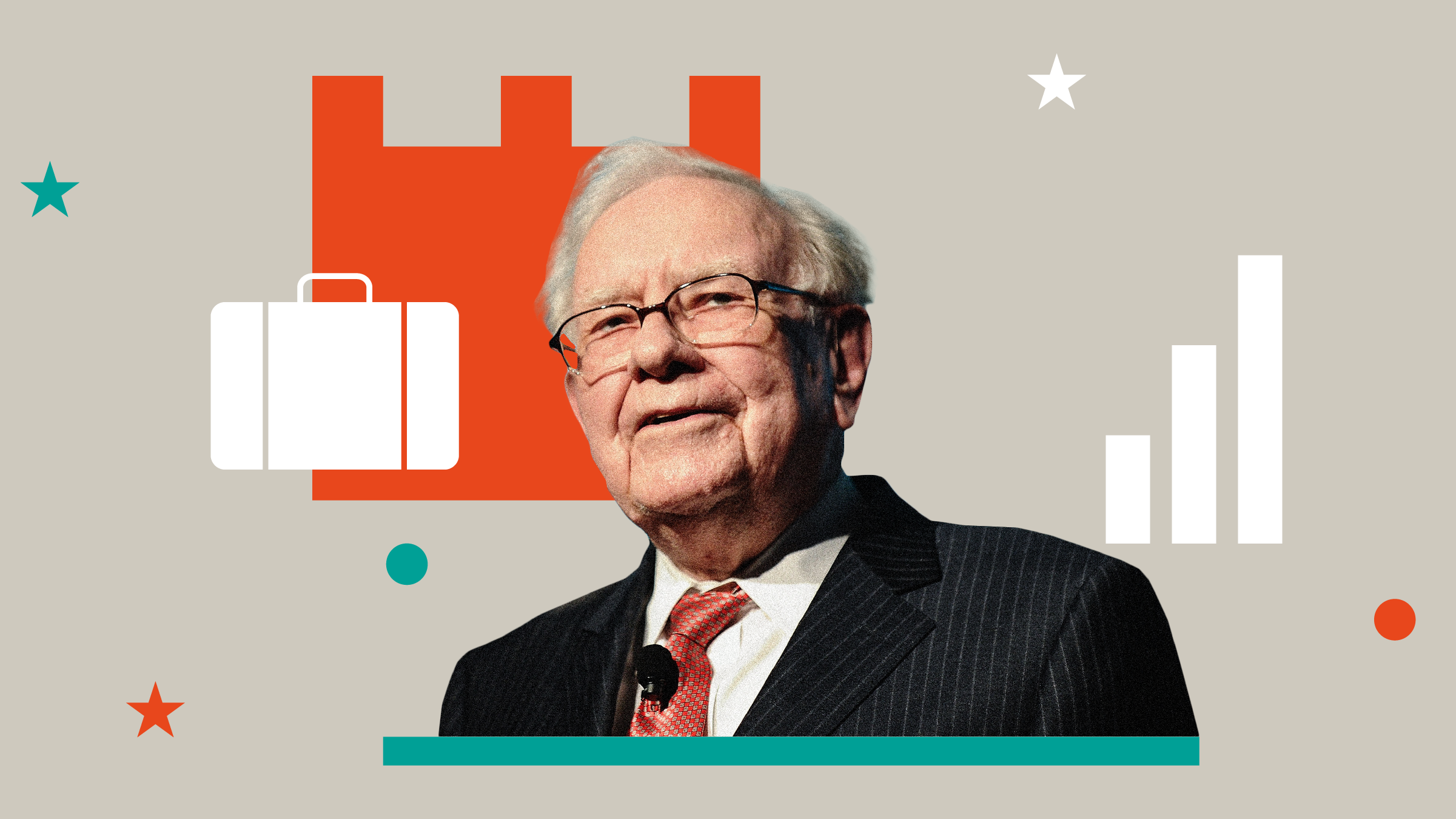Christian Charest: For Morningstar, I'm Christian Charest. I'm joined today via Chicago by Hal Ratner, who is Chief Investment Officer for Europe for our Institutional Research and Consulting Division, Morningstar Investment Management.
Hal, thanks for being with us today.
Hal Ratner: Thanks for having me.
Charest: Now, on June 5, you'll be taking part in a panel discussion at the Morningstar Investment Conference in Toronto. The topic of the panel will bePortfolio Construction, and one of the themes mentioned will be the combination of active and passive management within a portfolio, and that's what I would like to talk about today. So, Hal, let's start by talking about – let’s have you explain to us why an investment would want to combine actively managed products with passive ones.
Ratner: Well, there are a number of reasons for doing so. One of the chief reasons is that there are number of asset classes and fund categories in which it's relatively hard for active managers to add a lot of value. So, when you're dealing with, let's say, larger cap stocks in the developed markets, by and large, if you can simply reduce the cost of the portfolio, you can have a much better chance of at least hitting your benchmark than if you're paying for active managers.
It's also the case that, in that space a lot of active managers, because they are being judged against the benchmark, will tend to take fairly small risks relative to the benchmark. It's debatable, although it's certainly not a law that paying for them to take those additional active risks may not really pay off that much in the long run.
Conversely, in areas of the market where either the indexes are relatively inefficient, and active managers have the ability to add more value, it makes sense to pay up a little bit more. So, some obvious cases would be frontier markets or even emerging markets smaller cap stocks. And in the fixed income space as well it can make sense to pay up for active management, particularly on the credit side and on the sovereign and foreign credit side as well.
Charest: Now, are there any other asset classes where it makes more sense to go passive versus active?
Ratner: I mean, I think I would say that the biggest rule is really looking for asset classes in which the markets are very well-developed, and again, it is difficult for managers to make incremental returns. So, I think that there would be a second reason for going with mixing passive and active managers in addition to the fees, and that is, if you are trying to defease a liability, let's say, that is fairly well benchmarked to one of the major indices, and in a case like that, you can get as close as possible to hitting your benchmark with the passive managers, rather than using the active managers as well, in which case you'd be taking additional risk which may not pay off.
Charest: And is there an ideal combination that investors can use; ideal allocation to active versus passive, and what criteria should they consider?
Ratner: Well, it really comes down to the individual investor and how much, we would say, would be active risk versus passive risk, that'd you want to take. So an investor, let's say again, who has a benchmark consisting of one or two major indices, and really just doesn't want to perform very differently than that benchmark, really should go with passive managers. Again, they want to minimize the amount of additional risk, the benchmark relative risk that they are taking, whereas an investor who is much more comfortable taking those risks may want to take more risks with the active managers.
The critical thing with the active managers is that you really do need to know who you're investing in and what they're doing. Like I said, or alluded to earlier, there are active managers out there that aren't taking that much additional risk relative to the benchmark. So, it may not really be worth investing with them, paying that additional amount for the small amount of risk that they are taking. So, when you go into the active management space, it really becomes critical to understand the strategies of the managers that you're picking.
Charest: Thank you very much for your insights, Hal. Once again, Hal will be discussing this topic with a panel of experts at the Morningstar Investment Conference in Toronto on June 5. For all the details about the conference, please click on the link right below the video player.








:quality(80)/cloudfront-us-east-1.images.arcpublishing.com/morningstar/6BCTH5O2DVGYHBA4UDPCFNXA7M.png)

:quality(80)/cloudfront-us-east-1.images.arcpublishing.com/morningstar/A6OOX7PBSVEJ5BXDFSPKGLO72M.png)











